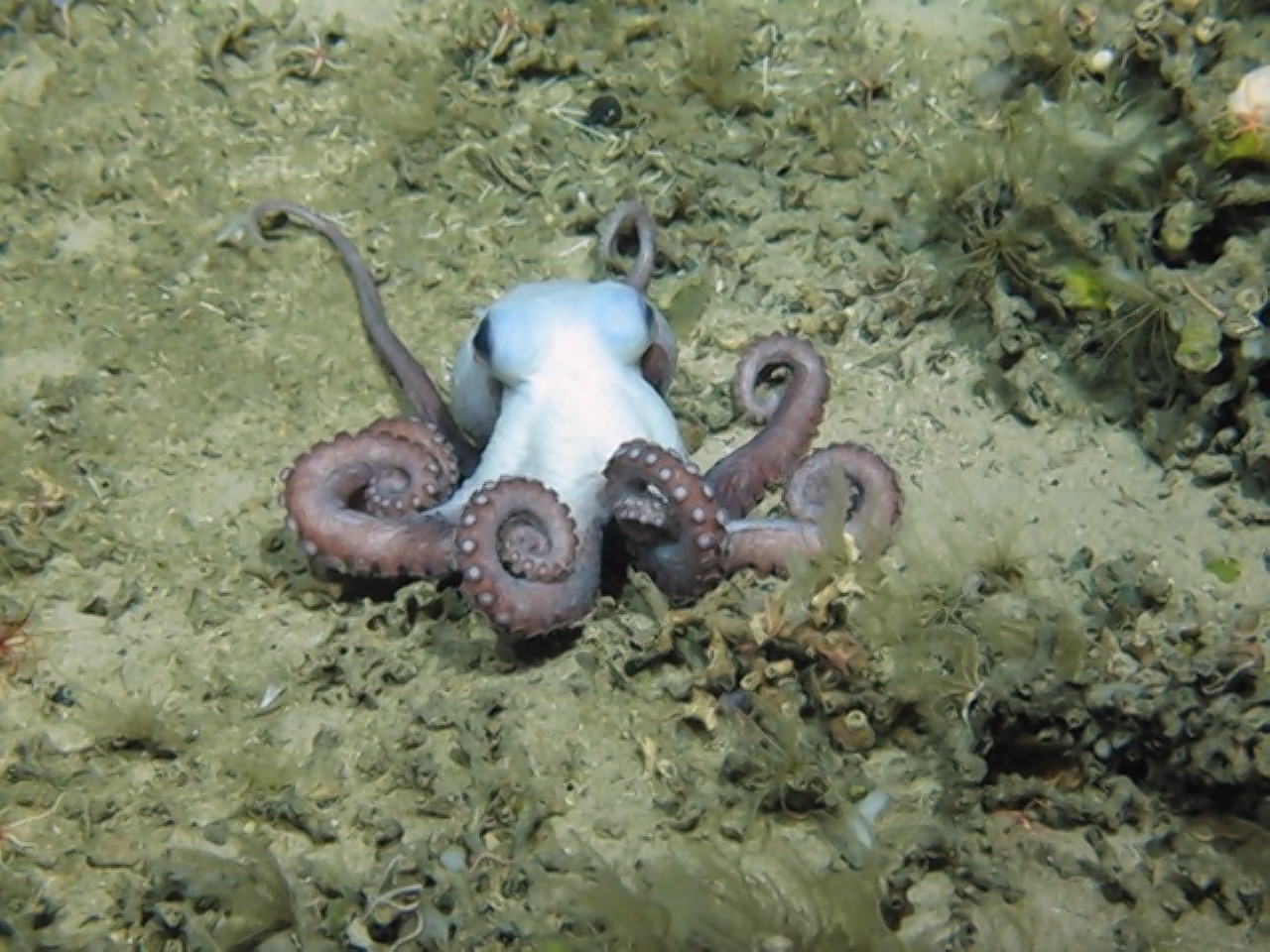Marine scientists have explored an underwater peak higher than Ben Nevis for the first time.
They found the Hebrides Terrace seamount teeming with life – including new populations of corals.
The underwater mountain off the west coast is one of just three in UK waters and its summit is about 3,300ft beneath the surface.
It is also is also Britain’s highest underwater mountain, standing 4,593ft above the surrounding seafloor.
Ben Nevis is 4,409ft above sea level.
Researchers at Heriot Watt University in Edinburgh used a remotely-operated submersible vehicle to explore the seamount’s slopes and watched from a ship-based laboratory on the surface of the Atlantic.
They found it densely colonised with more than 100 species ranging from deep sea fish, octopuses and strange single-celled creatures.
Marine biologist Professor J Murray Roberts, who led the research, said: “You could see the expanses of the old volcano stretching out and then clustered in little patches are these deep sea coral reefs.”
Seamounts are rich sea habitats because when deep ocean currents hit the steep slopes they stir up and release nutrients from the surface.
The corals support communities of other species and play a critical role in their life history.
But the scientists say the oceans are becoming more acidic, primarily because of carbon emissions.
And the footage captured by the researchers’ “robotic submarine” could be the first and last snapshot of an ancient and unique marine environment.
Prof Roberts said: “Off Scotland we have the only seamounts there are in the UK.
“Nobody had ever dived it or seen what was growing on the sides of this seamount.
“The corals that we saw were different to those in a lot of other Atlantic settings, and I was surprised to see the diversity that we saw.
“It’s not just that the corals have formed little reef patches but we saw black corals and bamboo corals.
“The rate of carbon dioxide release is changing the chemistry of the oceans and the forecasts in the Atlantic are that the corals will be exposed to corrosive, more acidic sea water, so their skeletons will dissolve away.
“What worries us greatly is that we are seeing a kind of final glimpse of these species.”
